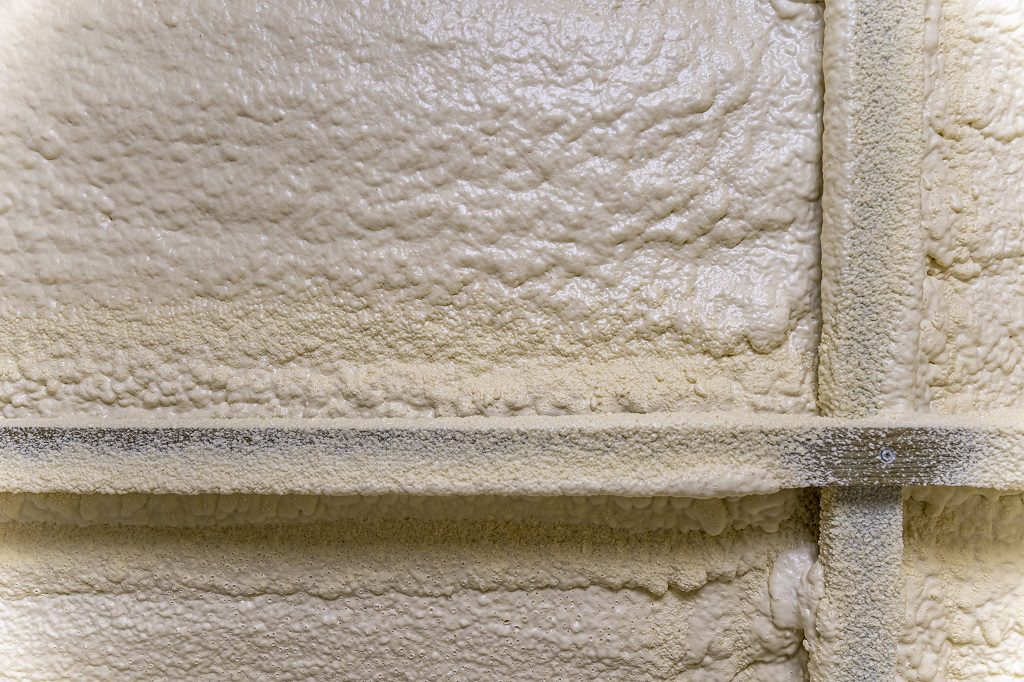Does spray foam insulation hinder an equity release application?
Most residential properties in a good state of repair are generally suitable for equity release. But equity release providers may be unwilling to accept properties that have had spray foam insulation fitted.
To help explore the impact spray foam insulation can have on your home’s eligibility, we will be discussing the following:
- What is spray foam insulation?
- Why is spray foam a concern for equity release providers?
- Which properties with spray foam insulation might not be eligible for equity release?
- Can I get equity release if I remove the insulation?
- What properties with spray foam insulation might be acceptable for equity release?
- Talk to an equity release adviser for further help.




